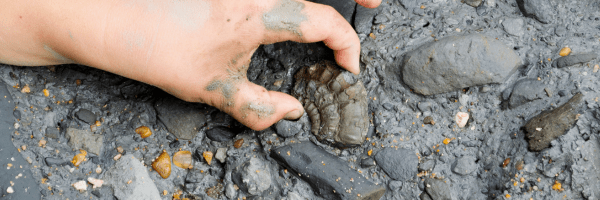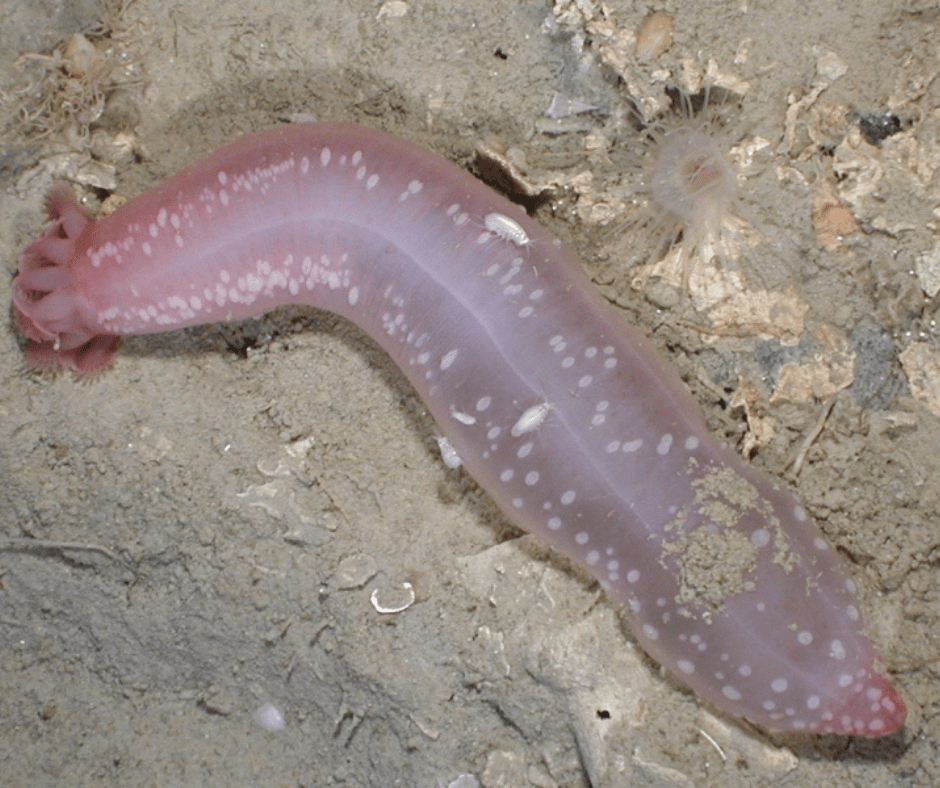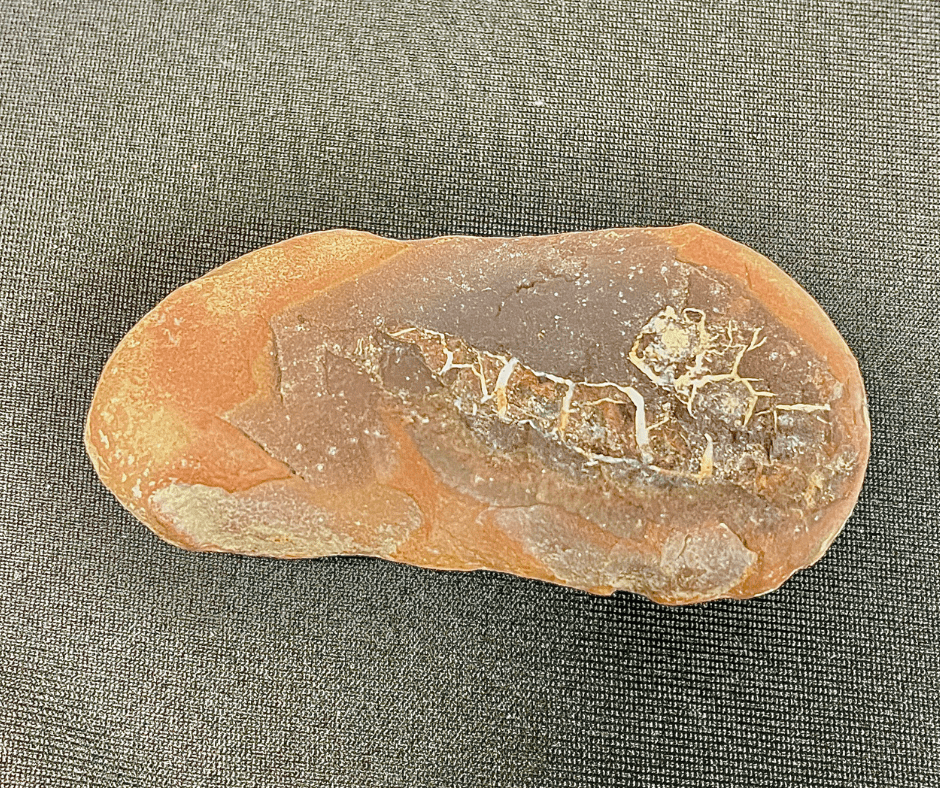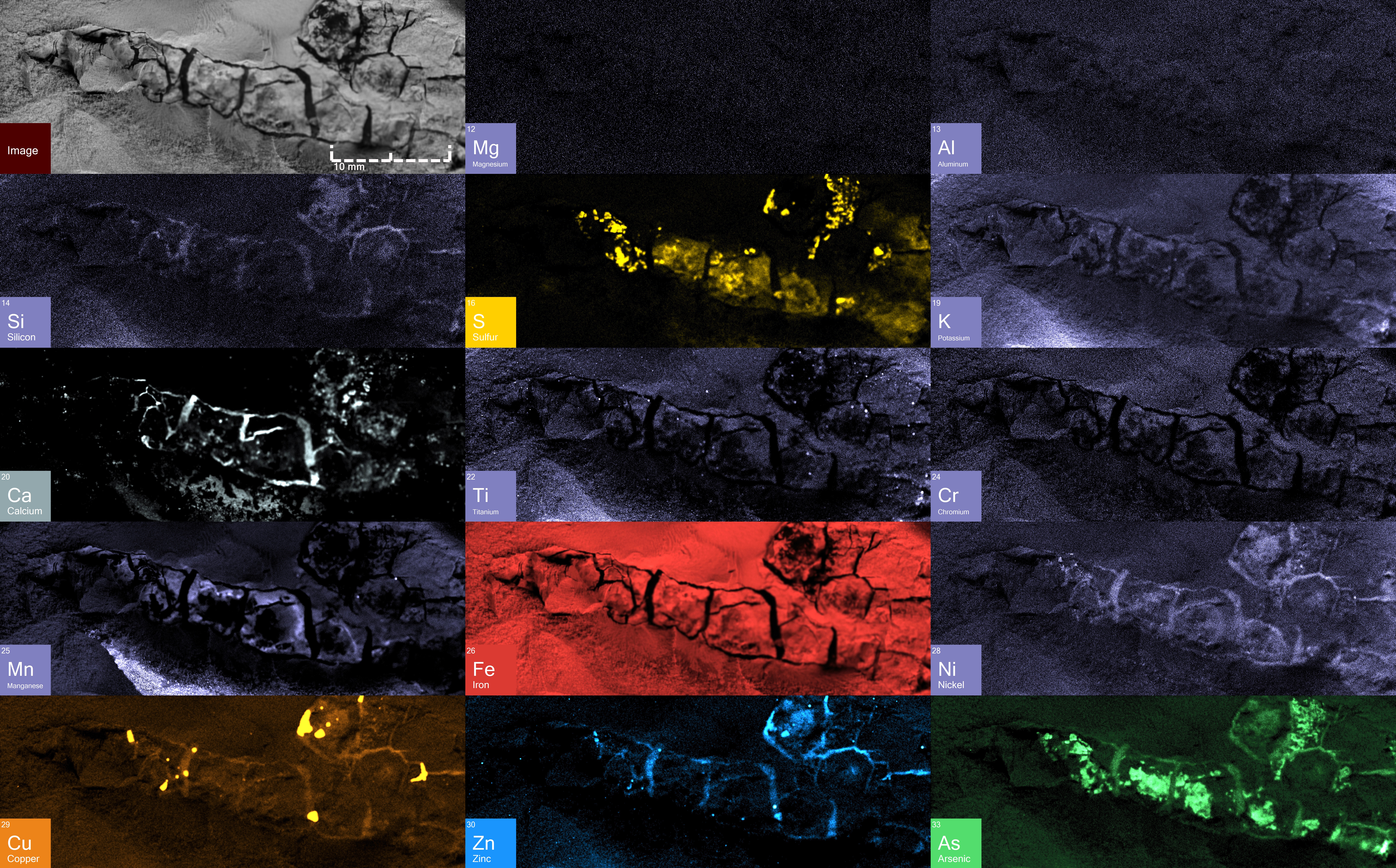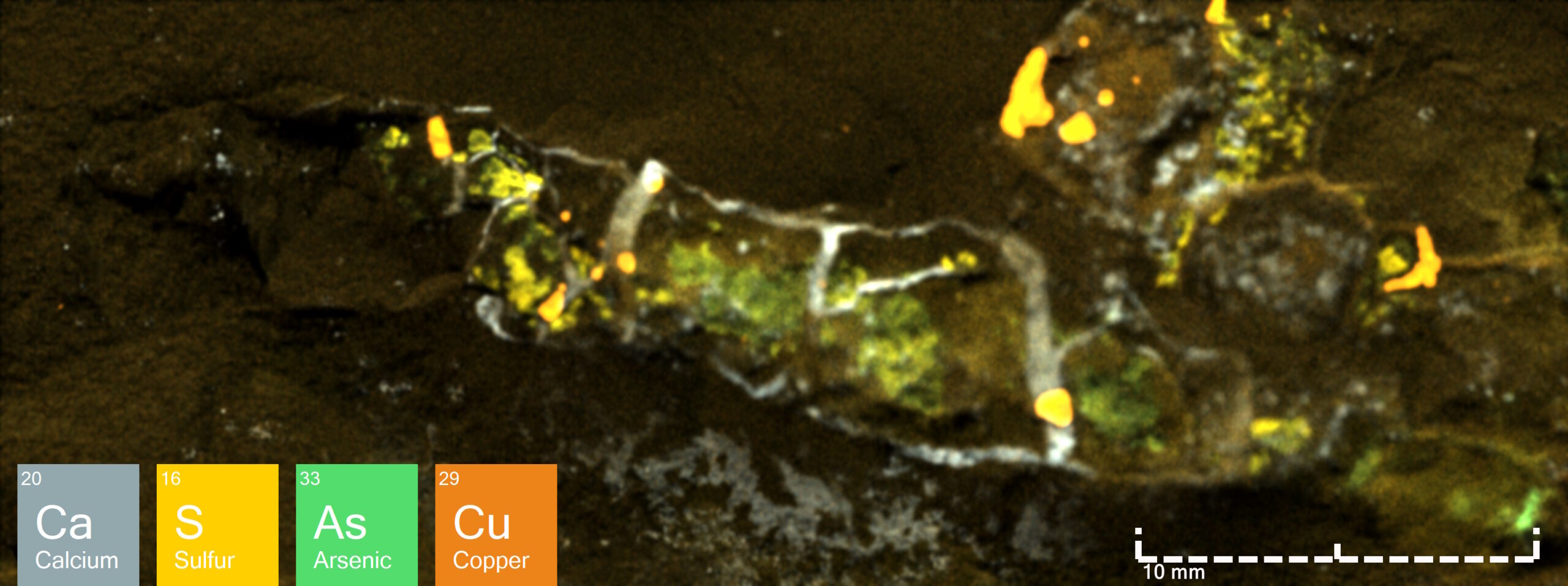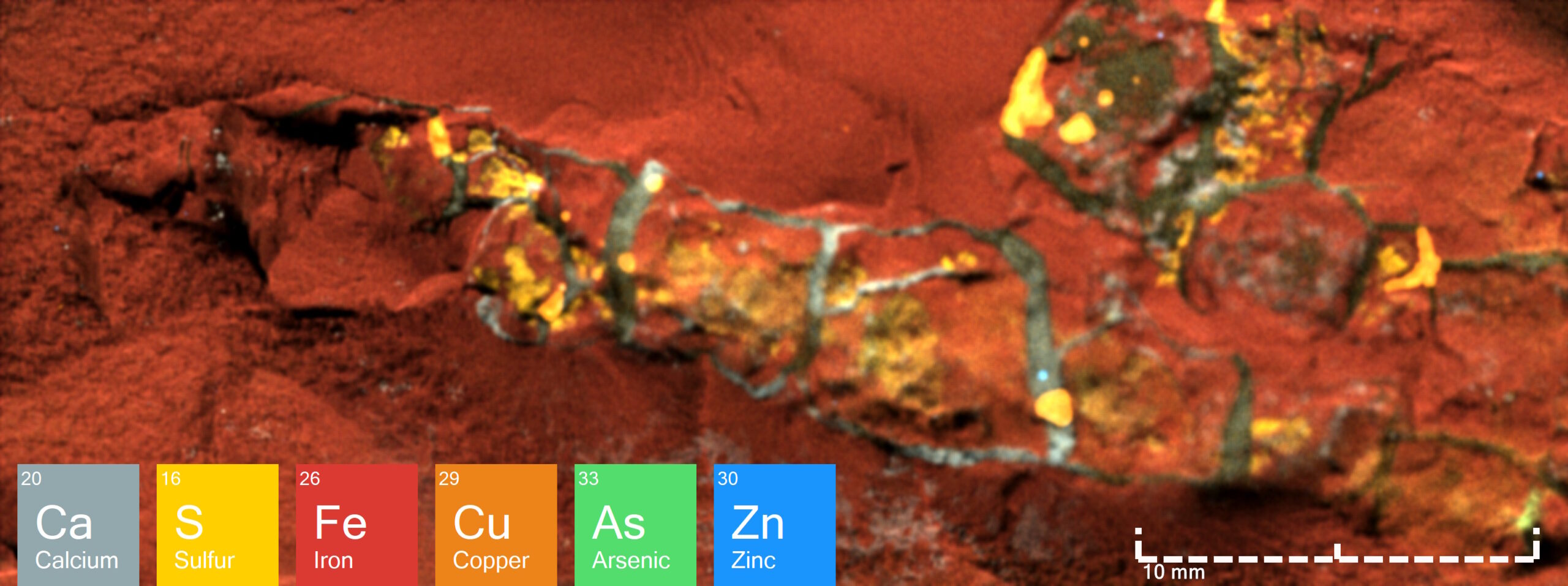Paleontology, the scientific study of life’s history through fossils, benefits significantly from technological advancements, and Micro X-ray Fluorescence (µXRF) spectrometry is one such innovation enhancing fossil research. This article examines the application of µXRF in studying fossils from Mazon Creek, Illinois, with a special focus on holothurians (sea cucumbers), showcasing the method’s strengths and precision in paleontological investigations.
Mazon Creek Fossils: A Rich Historical Record
Mazon Creek, situated in Illinois, is celebrated for its exceptional preservation of fossils from the Late Carboniferous period, around 307 to 309 million years ago. The site provides a diverse record of extinct life forms, including plants, insects, early tetrapods, and marine organisms such as holothurians. These sea cucumbers are among the softer-bodied organisms that are rarely fossilized, making their presence in Mazon Creek significant for understanding ancient marine ecosystems.
Challenges in Analyzing Soft-Bodied Fossils
Analyzing soft-bodied fossils like holothurians poses unique challenges, as traditional methods such as SEM-EDS require the application of a conductive coating, risking damage to these delicate specimens. Additionally, the limited elemental detection range of SEM-EDS can restrict the understanding of the complex biological and environmental contexts of these fossils.
Figure 1: (Image 1) Modern-day image of a sea cucumber. Stock image from Wikimedia Commons. (Image 2) Complete Holothurian fossil as received.
Broad Elemental Detection for Holothurian Fossils
The ability of µXRF to detect a wide range of elements, from carbon to uranium, is particularly beneficial for studying holothurian fossils from Mazon Creek. This broad detection range allows for identifying trace elements that can provide insights into the composition of sea cucumbers and the conditions of their surrounding environment. For instance, the presence of specific elements might indicate the water chemistry or the type of sediment the holothurians were living in.
Figure 2: Element maps of a holothurian fossil collected on the Atlas X microXRF using a 10 µm spot size.
The Advantage of MicroXRF in Fossil Research
µXRF technology, with its non-destructive analysis and high spatial resolution, offers an effective solution for studying soft-bodied fossils. IXRF Systems Atlas series µXRF systems can achieve spot sizes as small as 5µm, enabling detailed elemental mapping across the surface of holothurian fossils without the need for destructive sample preparation.
Broad Elemental Detection for Holothurian Fossils
The ability of µXRF to detect a wide range of elements, from carbon to uranium, is particularly beneficial for studying holothurian fossils from Mazon Creek. This broad detection range allows for identifying trace elements that can provide insights into the composition of sea cucumbers and the conditions of their surrounding environment. For instance, the presence of specific elements might indicate the water chemistry or the type of sediment the holothurians were living in.
Case Study: Holothurian Fossils at Mazon Creek
Recent µXRF analysis of holothurian fossils from Mazon Creek has revealed detailed elemental compositions, offering clues to their biological makeup and the sedimentary context of their preservation. This analysis has provided a clearer picture of the marine conditions during the Late Carboniferous period, including data on mineralization processes that contributed to the exceptional preservation of these soft-bodied organisms.
Figure 2: Element map overlay of a holothurian fossil displaying the elements for Ca, S, Fe, Cu, As, and Zn. Collected on the Atlas X microXRF using a 10 µm spot size.
Deep Insights into Paleoenvironmental Conditions
Moreover, the deep penetration capabilities of µXRF technology enable researchers to examine beneath the surface of holothurian fossils. This feature is invaluable for uncovering information about the internal structure of the fossils and the diagenetic processes that occurred during their fossilization. Such insights are crucial for reconstructing the paleoenvironmental conditions of Mazon Creek and understanding how these ancient sea cucumbers lived and were preserved.
Conclusion
The application of µXRF technology in studying Mazon Creek fossils, particularly holothurians, marks a significant advancement in paleontology. By offering non-destructive analysis, a broader elemental detection range, and the ability to uncover deeper layers of information, µXRF enables a more comprehensive understanding of these rare soft-bodied fossils. This technology preserves the integrity of precious specimens and enhances our knowledge of ancient marine ecosystems and the environmental conditions that allowed for their preservation. As µXRF continues to be applied to paleontological research, it promises to unlock further secrets of the ancient world, providing deeper insights into the life and times of organisms like the holothurians of Mazon Creek.
We extend our heartfelt thanks to Dr. Roy Plotnick and the Earth and Environmental Sciences department at the University of Illinois-Chicago for providing this fossil specimen and their invaluable collaboration.
Explore the Depths of Your Fossils with MicroXRF Technology
Interested in uncovering the detailed composition and preservation conditions of your fossils? Our lab-based microXRF technology provides a sophisticated, non-destructive means to analyze fossils with unprecedented clarity and precision. From the intricate details of Mazon Creek’s holothurians to any fossil in your collection, microXRF opens up new possibilities for research and discovery. Start a conversation with us today to learn how microXRF can enhance your paleontological studies, offering insights into your specimens’ elemental makeup and environmental context. Let’s work together to explore your fossils’ historical secrets, using technology that preserves their integrity while revealing their past.
IXRF Systems is a leading provider of X-ray fluorescence instrumentation. With our advanced analytical solutions, we are committed to supporting research, quality control, and educational endeavors across various industries.
